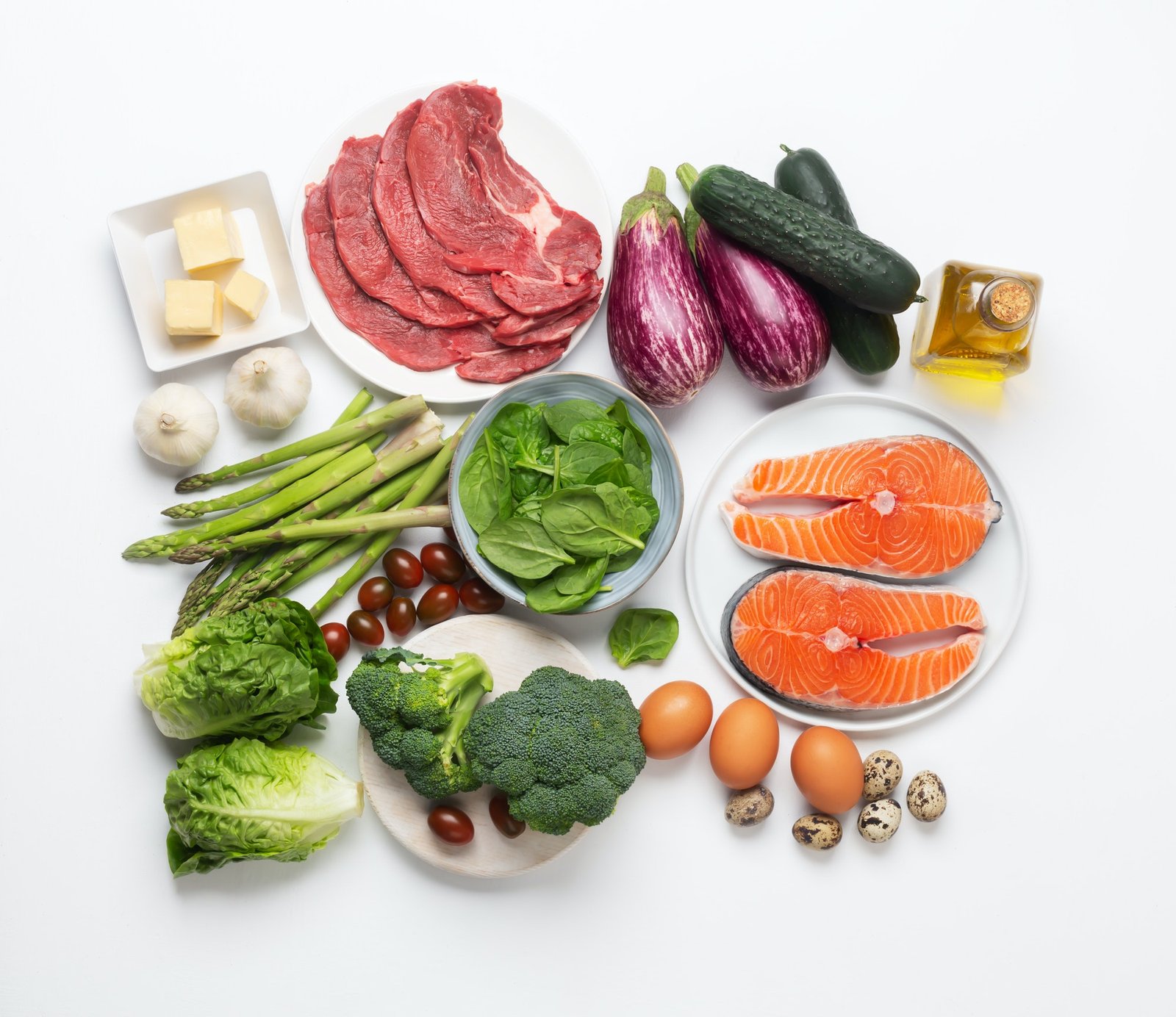The Lowdown On The Atkins Diet

As an affiliate, we may earn from qualifying purchases. We get commissions for purchases made through links on this website. You can read more on our Affiliate Disclaimer here.
The Atkins diet isn’t the first low carb diet. As a matter of fact, a low carb diet can be traced back to 1825 when Jean Brillat-Savarin wrote the book The Philosophy of Taste and prescribed a low carb diet. The popularity of the Atkins diet plan ebbs and flows with every new Atkins recipes book that is published. As well, numerous knock-offs of the plan exist with slightly different rules such as The Zone or Suzanne Somer’s diet.
The Plan
The Atkins Diet plan has four phases:
Induction phase – For the first two weeks a very strict diet will kick off the plan. There’s a list of acceptable foods that consists of protein, fats and vegetables. Foods can be eaten liberally from this list so long as the “rules” are followed.
During this phase, weight loss will be at its peak due to the extremely low calories consumed.
Ongoing weight loss – During this phase, certain carbohydrates are allowed. Five more grams of carbohydrate can be consumed than the stricter 20 allowed in phase 1. After a week, if weight loss has continued, you may increase it another 5 grams.
The carbohydrate choices remain the same, you’re just allowed a few more. Weight loss will continue, but at a slightly slower rate.
Pre-maintenance – This phase is a preliminary step to learning how to eat healthfully for life. Weight loss is slowed and this phase gears the dieter towards maintaining a healthful weight for life.
Life-time maintenance – In the last phase, the dieter will be eating normally with the idea that normal now means a much more healthful diet.
A typical Atkins diet menu consists of lean protein and non-starchy veggies. Certain cheeses are allowed. Some fat is allowed so long as it’s good fat.
There are plenty of Atkins diet recipe books as well as ongoing online support through forums and direct advice.
The Atkins Lifestyle Food Guide Pyramid allows for increasing each section of the pyramid if and only if exercise is increased. The pyramid has meats on the bottom and carbohydrates at the top which is nearly opposite of the traditional food guide pyramid by the American Dietetic Association.
Pros
Many people find the Atkins diet to be easier to stick with than other diets. Let’s face it. If someone says, eat a bowl of carrots or eat a grilled chicken breast, which one will most people choose? Right, the more flavorful meat. Because of this, people find it much easier to face the Atkins diet menu.
There is also a lot of potential support offered. The official website offers ongoing advice as well as community boards where fellow dieters can discuss different aspects of the diet, look for ways to stick with it, and even throw out their latest greatest Atkins diet recipe.
Another pro is the elimination of poor quality carbohydrate. These nutritionally devoid foods are really not necessary in any diet let alone a diet meant for weight loss. The bottom line is that in order to lose weight, a person needs to limit caloric intake. When one does this, they have to make certain cuts. The obvious thing to cut is foods that don’t offer a lot of nutritional value so that we still have room in our daily caloric intake to take in foods that do offer important nutrients. We simply can’t afford to have high calorie foods that offer nothing more than calories.
Cons
The cons to the Atkins diet plan are numerous. The biggest problem is that in order for a diet to really, really work, the weight loss needs to be lasting. Many people do in fact lose weight using Atkins but inevitably begin to eat normally again and gain back the weight lost (plus some usually). It’s just not possible to continue the Atkins diet forever, though that is in fact touted in the diet.
It’s also expensive. One of the largest portions of a person’s grocery bill is meat. Healthy cuts of meat aren’t usually the cheapest. Just look at hamburger. The poorer quality it is, the bigger the hunk of it you can buy for less. There are other things one can add to a diet beyond Atkins diet food that are less expensive but still nutritious. Bulk grain products are highly nutritious.
This brings me to my next point.
Eliminating too much carbohydrate in the diet can leave it nutritionally poor. We rely on good carbohydrates to provide fiber. As well, fruits and vegetables provide us with anti-oxidants and other vitamins for optimum health. Protein is an excellent macronutrient, and one that we need; however, it can’t provide all the energy we need especially if we’re trying to exercise while losing weight.
The whole premise behind the Atkins diet is thought by most to be that carbohydrates are bad. Unfortunately, this can be misconstrued as meaning that all protein is good. Though Atkins doesn’t purport that one can become thin dining on bacon and big old burgers (provided you remove the bun), many folks tend to think that it’s okay to eat so long as it’s not carbohydrate. Butter contains few carbohydrate grams, but it’s still high in fat and therefore high in calories. I’ve literally seen people who are “dieting” that slather a huge amount of butter on a piece of fish and when asked about this strange behavior, their answer is “but the butter doesn’t have many carbs, so it’s okay.” I’m thinking… but you just added 300 calories to that poor little fish!
If followed correctly, the Atkins diet plan can in fact help a person lose weight. Not all of the advice is bad; however, it doesn’t seem reasonable or healthful to cut out so many carbohydrates.
Weight Loss Is For Life
In order to lose weight and keep it off for life, one needs to focus more on eating healthfully overall. One of the diet guides that I recommend if you want to try out the Atkins diet is this the one I have reviewed here.



